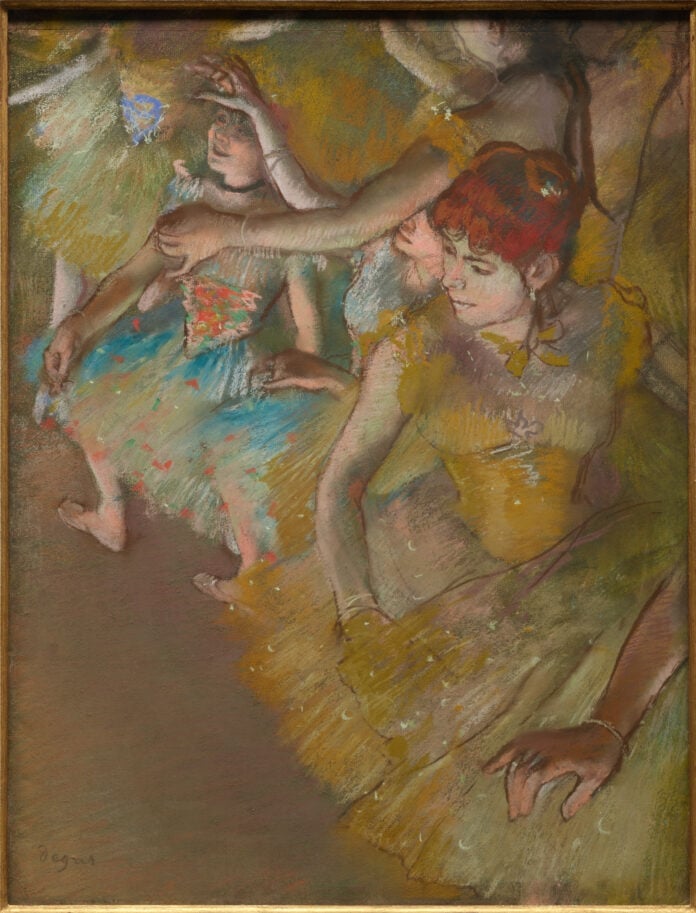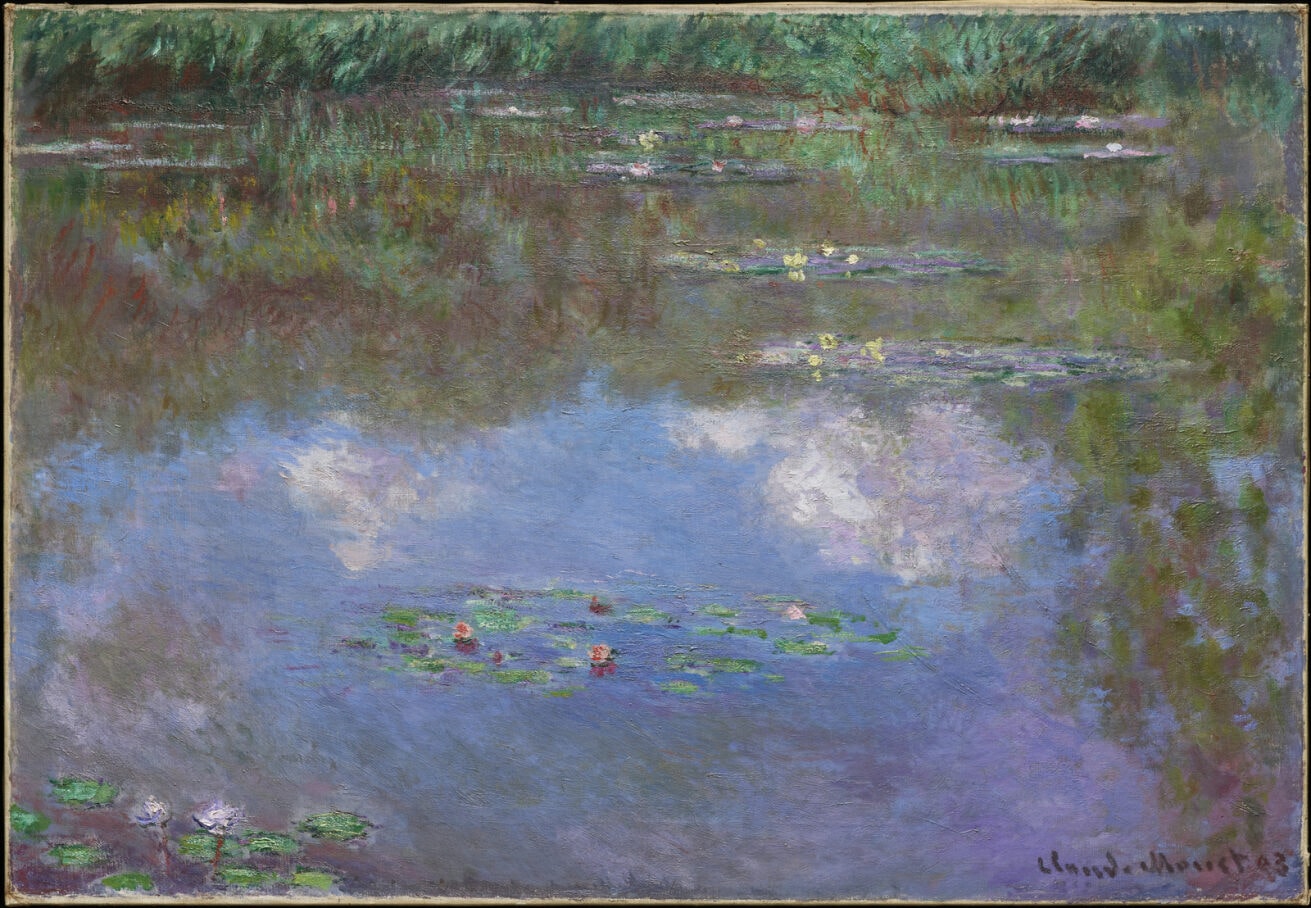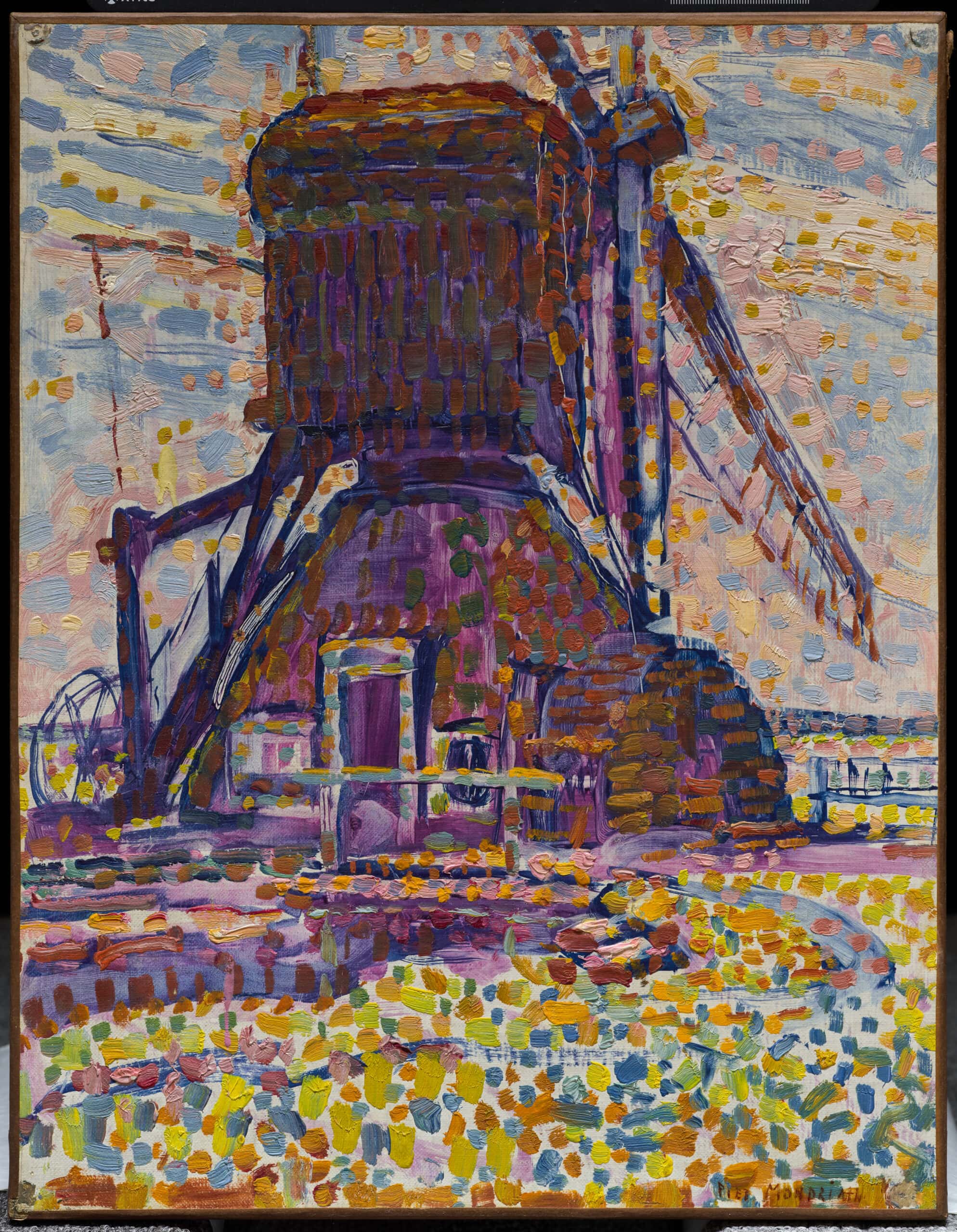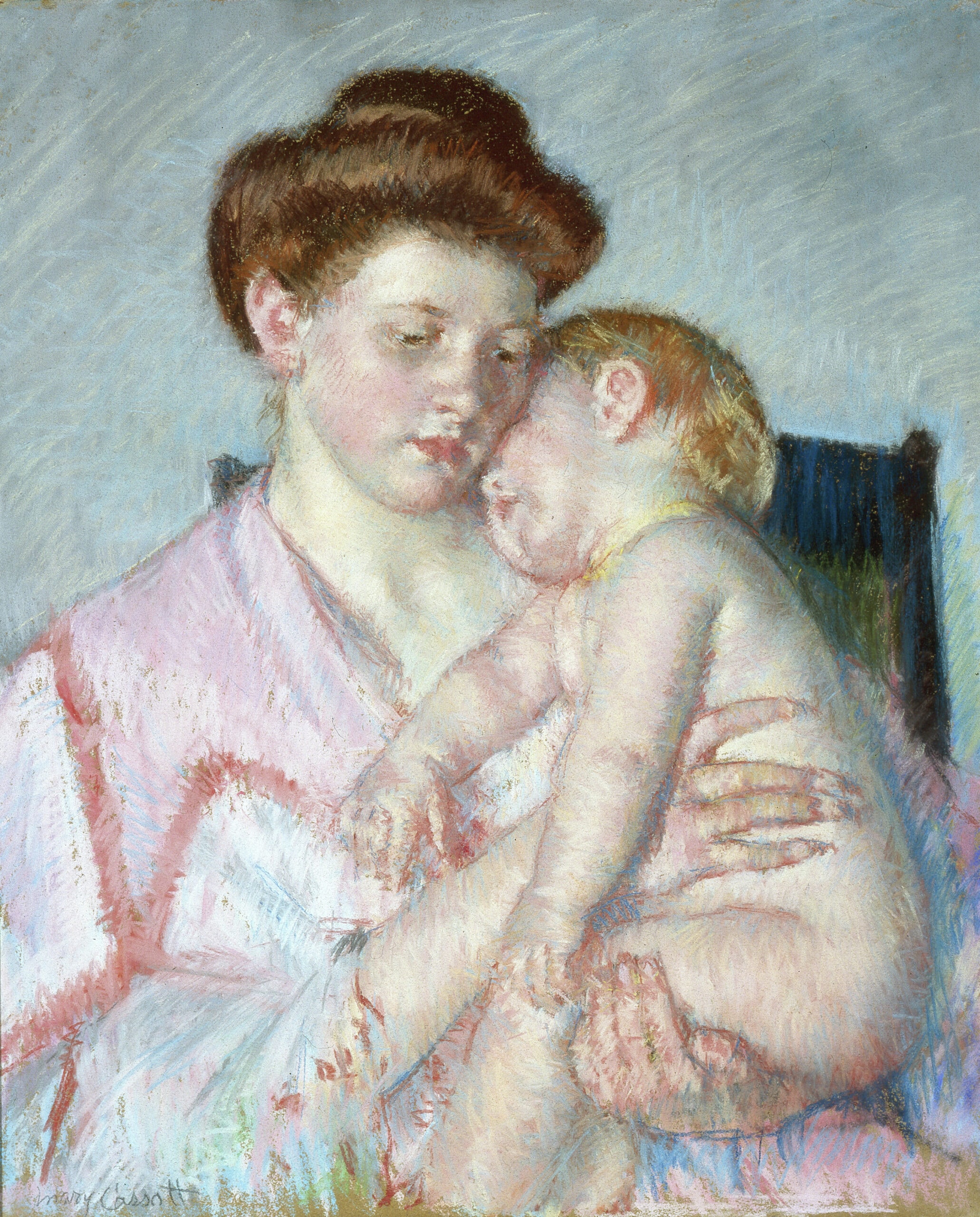
The Impressionist Revolution from Monet to Matisse that opened Feb. 11 at Dallas Museum of Art gathers together an almost overwhelming collection of masterworks by iconic artists. Prepare to be dazzled as the exhibition displays 90 important works of art, with a radical new interpretation for this prolific period (1870 to 1925).
The Dallas Museum of Art (DMA) exhibit illustrate the origins of the Impressionist movement and its impact on two successive generations of avant-garde painters. Marking the 150-year anniversary of the first Impressionist exhibition, The Impressionist Revolution from Monet to Matisse reframes one of art history’s best-known movements by foregrounding its rebellious origin story and the long legacy it left on the development of European modernism. The Impressionist Revolution from Monet to Matisse is organized by the Dallas Museum of Art and is co-presented by Texas Instruments and PNC Bank.

“In today’s art world, it’s difficult to imagine just how radical and innovative the Impressionists were,” said Andy Smith, Texas Instruments director of giving and volunteering and executive director of the TI Foundation. “But their artistic approach – a rejection of long-held styles and settings, replaced by new techniques, ideas and subjects – helped pave the way for future artists to depict the world the way they interpret it. We are proud to sponsor this exhibition and hope it inspires those who view it to embrace their own unique ways of expressing themselves, just as the Impressionists did.”
The Impressionist Revolution
The exhibition remains on view through November 3, and draws extensively from the DMA’s extraordinary holdings. They include masterworks by Mary Cassatt, Claude Monet, Pierre-Auguste Renoir, Edgar Degas, Berthe Morisot, Vincent van Gogh, Paul Gauguin, Henri de Toulouse-Lautrec, Henri Matisse, Piet Mondrian and more.
“PNC’s long standing support and continued investments across North Texas’ vast arts communities reflects our belief that engagement in the arts enriches lives and builds stronger, more vibrant communities,” said Brendan McGuire, PNC regional president for North Texas. “The wide appeal of Impressionism and this thoughtfully curated exhibition have the ability to attract and connect people throughout the region, demonstrating the significant impact the Dallas Museum of Art and other critical arts organizations have on the North Texas economy.”
In 19th-century France, the Salon exhibition organized and juried by the state-run Academy of Fine Arts was the only non-commercial venue where living artists could publicly exhibit their work. Artists working outside the Academic tradition, which favored subjects drawn from history or literature and polished brushwork, were frequently rejected and left with no other avenues to garner critical and professional success. Pushing against this official system was the Anonymous Society of Painters, Sculptors, Printmakers, etc., a collective of artists we now call the Impressionists. They banded together in 1874 to mount the first of what would become eight independent exhibitions over the course of 12 years, an act that was as rebellious as it was entrepreneurial.

Dr. Agustin Arteaga
“At the DMA, we present thought-provoking exhibitions that allow our visitors to make new discoveries about even the most familiar-seeming subjects,” said Dr. Agustín Arteaga, The Eugene McDermott Director of the DMA. “We are especially proud to illustrate this key story of Impressionism’s origins, as well as its considerable impact on the artwork that followed, almost entirely with works from the DMA’s outstanding collection.”
The Impressionist Revolution from Monet to Matisse takes the revolutionary exhibition of 1874 as its starting point. It traces a 40-year journey through the movement and the legacy it left for the painters who followed. Drawn primarily from the DMA’s holdings, the works in the exhibition spotlight a range of these avant-garde artists and illustrate the experimental techniques and subjects that set a new course for modern art in the late 19th and early 20th centuries.

“While the Impressionists are well known and widely popular today, many people will be surprised to learn that there was little appreciation or market for their work until well after their last group show in 1886,” said exhibition curator Dr. Nicole Myers, the DMA’s Chief Curatorial and Research Officer. “Breaking with tradition in both how and what they painted, as well as how they showed their work, the Impressionists redefined what constituted cutting-edge contemporary art at great personal and financial risk. The Impressionist Revolution invites you to reconsider these now beloved artists as the scandalous renegades they were and the considerable impact they made on 20th-century art.”
Six Sections in Exhibition
The exhibition is organized into six thematic sections including: “Rebels with a Cause,” which details the beginnings and key players of the Impressionist movement; “Making It Modern,” which examines Impressionist depictions of life in a rapidly modernizing world; “Field Notes,” which explores the Impressionists’ radical approach to painting techniques and materials; “Weird Science,” which showcases the invention of Chromo-Luminarism, known today as Pointillism, which pushed Impressionism to its scientific ends; “Side Effects,” which explores the backlash against Impressionism’s main tenets by a younger generation of artists who prioritized emotions, ideas and personal expression over purely optical impressions; and “Ever After,” which traces the far-reaching influence of Impressionism into the 20th century, offering a glimpse into some of the bold and innovative movements it inspired.
For more information about The Impressionist Revolution from Monet to Matisse exhibit or Dallas Museum of Art, please visit dma.org.












